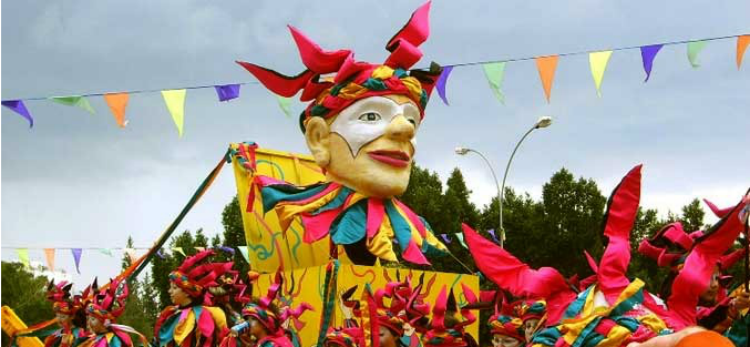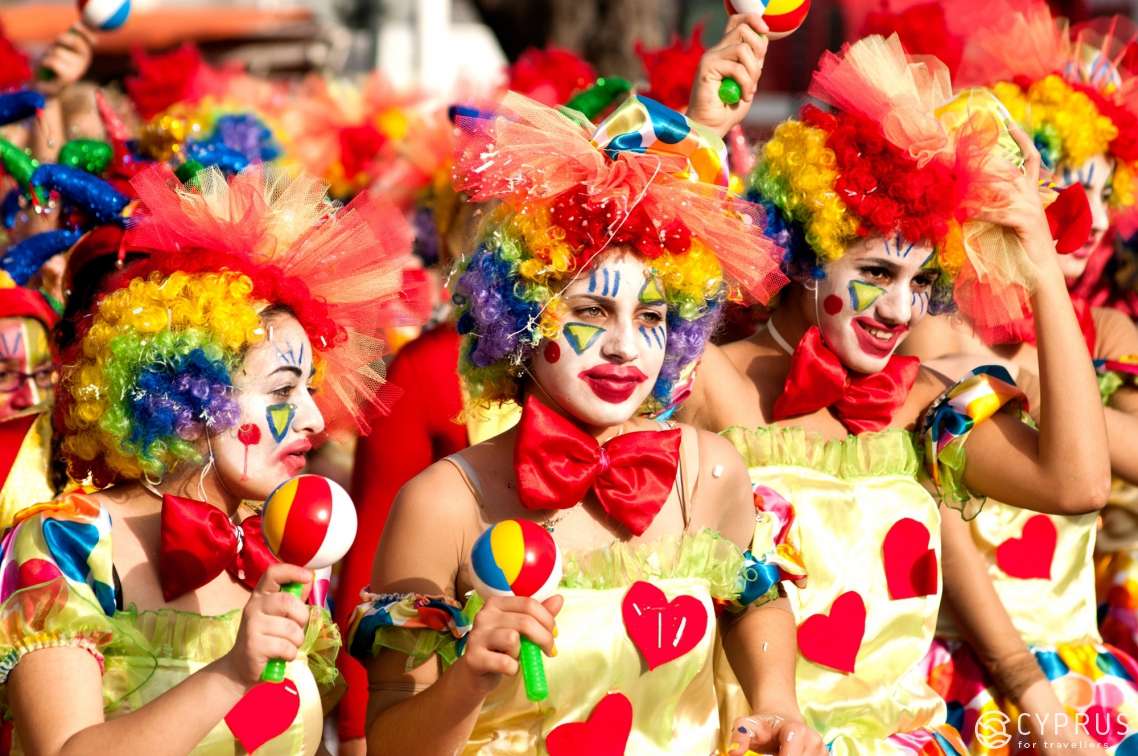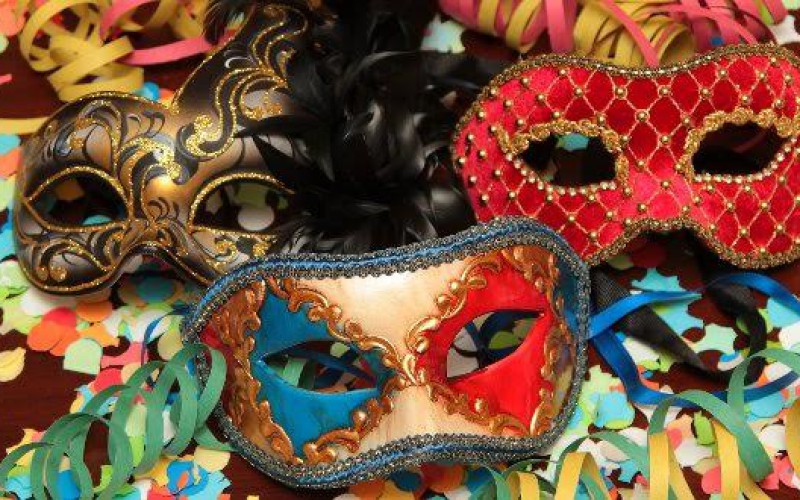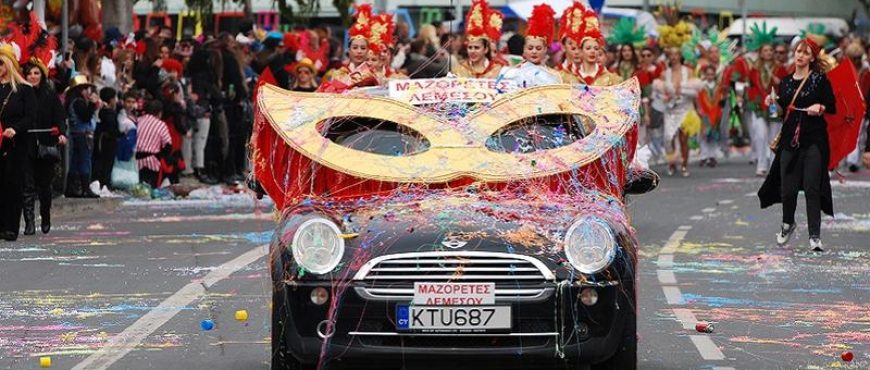Rent a car in Cyprus and visit Limassol carnival which is one of the oldest and most popular folk festivity in Limassol but also across Cyprus. Throughout the centuries the tradition of the Apokries – the Carnival festive season – was celebrated across the island, but the festivities local to Limassol grew in scope so much that in time they became an integral part of the town’s identity and culture. It is considered one of the most notable carnival events worldwide. The event is held 12 days before the Christian season of Lent on the Sunday before Ash Monday, 50 days before Orthodox Easter.

History of the Carnival
Although the Carnival festive season has been chronicled in Cyprus since medieval times, in Limassol it began growing spectacularly in more modern times, specifically at the start of British rule (late 19th century). This was no coincidence, as it was due to the economic progress of the town during this time period, but also to the special traits that the town’s inhabitants developed over time: their outgoing and enthusiastic nature, their inclination towards the arts, satire, dance and song, as well as their love of partying and having fun. Nevertheless, the growth of the Carnival owes more than to the traits of the locals; its development is likewise due to the untiring efforts of citizens, distinguished or not, as well as the efforts of municipal and government authorities. Throughout its long history, the Limassol Carnival would ebb and flow, its progress always linked to the fate of the town and the island as a whole. Its progression was inevitably affected by shifting political, economic, artistic and social trends.
Modern Day Carnival
In Limassol the Carnival festivities are carried on from generation to generation as part of family tradition or through participation in public and private events. The practice may well be described as an “initiation” of sorts. The children’s parade is one such “en masse initiation.” The parade is held on the first Sunday of the Carnival. Taking part are thousands of children in masquerade. It is perhaps the largest children’s carnival parade around the world. Other forms of “initiation” include participating in the grand carnival parade, as well as certain carnival dances and events, which are pervaded by what has come to be known as the “genuine carnival spirit.” The main attributes of this spirit are the satirical gigs and jokes, the serenading, the romanticism, the retro-style vibe, the partner dances (waltz, polka, tango etc.) as well as the close socializing of the participants.

Main Characteristics of The Carnival
To this day, the Carnival remains a strong urban and family tradition for the people of Limassol, a tradition handed down from one generation to the next. The main characteristics of the Carnival festive season are the consumption of meat and wine, satire, dancing and singing – particularly serenades – as well as the masked revelers and costumes. Nowadays the Carnival festivities depend a great deal on private initiatives, but also on Limassol Municipality, which organises 11 days of festivities that include parades, outdoor dances, costume competitions, visual arts exhibitions, etc.
The History of The Mask
The origin of the Mask can be traced back to ancient and mysterious religious ceremonies. The oldest face-masks have been found in the Royal Tombs of Ur in Mesopotamia and are considered to have formed elements such ceremonies. The Mask knows no boundaries, and every nation gives it its own interpretation and uses it in accordance with its own traditions. The Mask as an accessory flourished mainly in the 14th century in the Mediterranean countries. The famous mask wearers of Rome, Florence and Venice are well known. Today no carnival can tale place without the Mask, leading to a merciless contest of creation of exceptional art and aesthetics. Silk masks in Venice, made of porcelain and hand-painted in Nice, while on Rio they sprout impressive wings.

Carnival Techniques and Skills
Perpetuating the Limassol Carnival requires, as it did in the past, the transfer of technical know-how and skills from one generation to the next. The Carnival techniques relate chiefly to the designers and fabricators of costumes, hats and other accessories, as well as to the designers and fabricators of the chariots. This technical know-how is usually – but not always – transferred among family members and friends, depending on the needs of each era. The transmission of serenades and carnival songs to the younger generations is mainly done via the bands of serenaders who perform in public spaces (theatres, squares, streets), as well as through the carnival dances held in hotels and other entertainment establishments.



